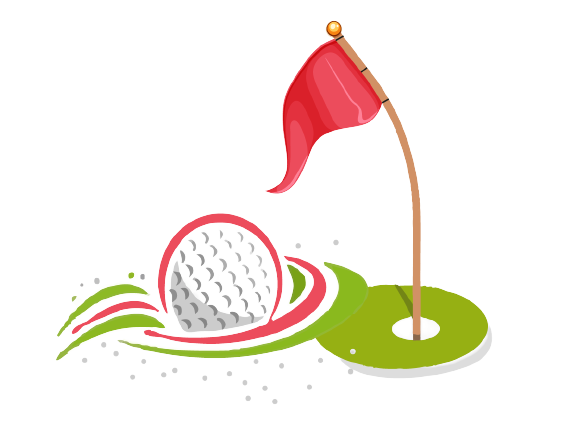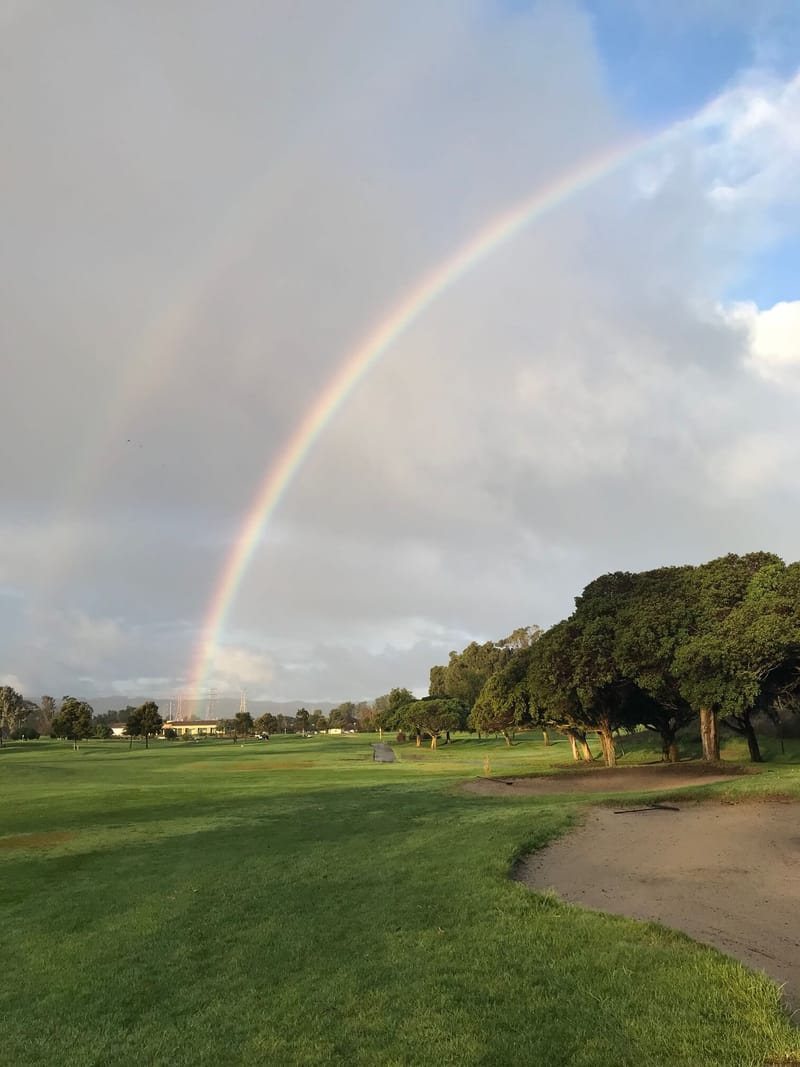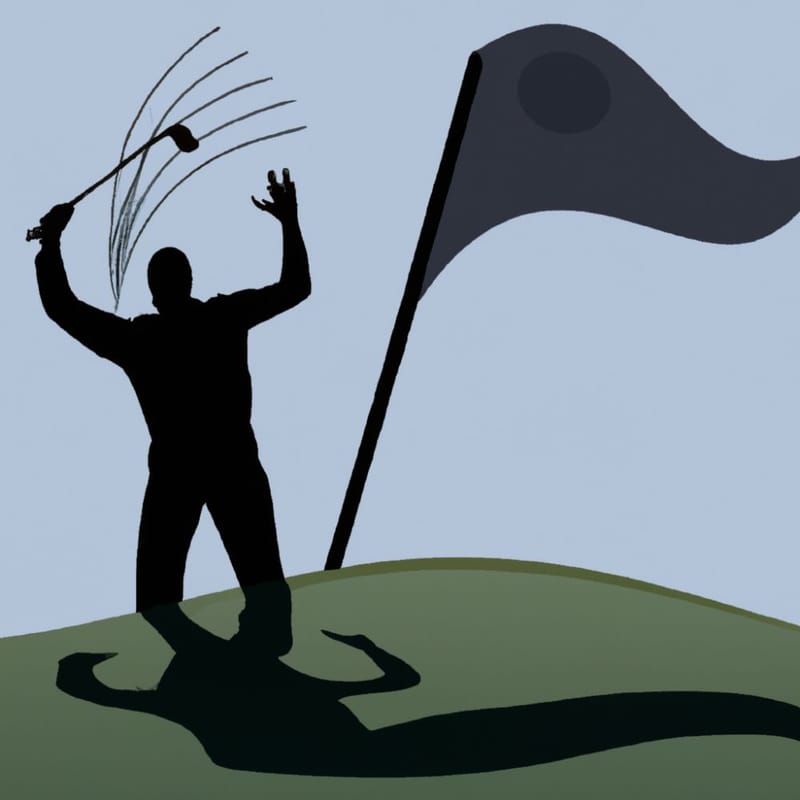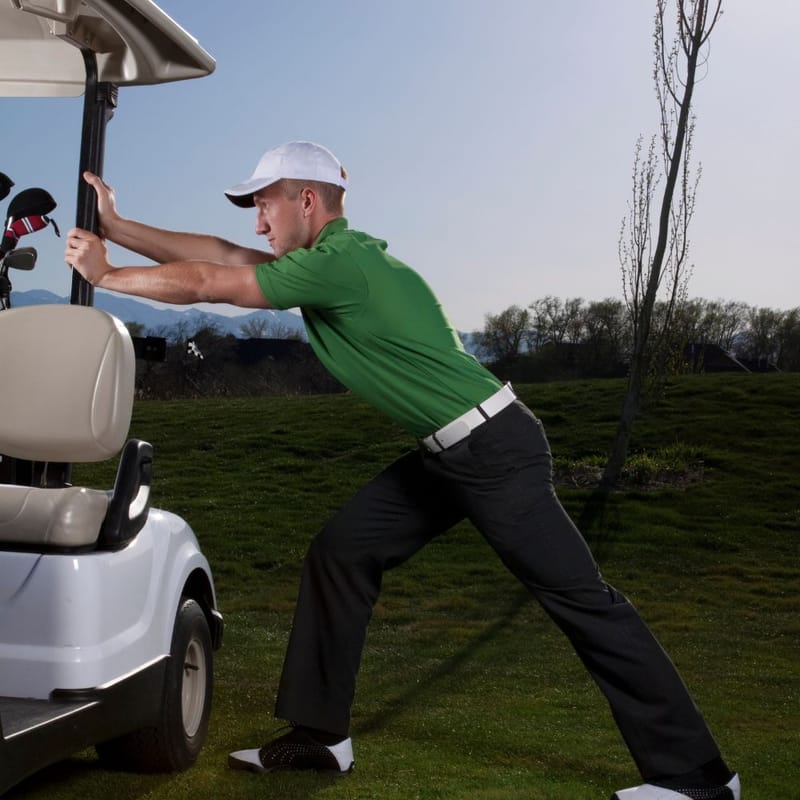Content Summary
I. Introduction
If you love golf then you're probably as intrigued as we are about it's rich illustrious history that stretches back centuries. With its origins comes a treasure trove of unusual and forgotten monikers for the clubs we swing today.
Unlike today where clubs all have a number these clubs of yore had imagination and forethought put into their names.
In this article, we'll delve into the history of golf clubs and their names, exploring the quirky and and time-honored sticks that once graced the fairways.
II. Traditional Names for Golf Clubs
Long before the streamlined names of today's clubs, golfers wielded an assortment of creatively named clubs, such as:
Brassie: The 2 Wood, often crafted from persimmon wood and topped with a brass plate to prevent damage. This club was ideal for long shots off the fairway or tee.
Spoon: The 3 Wood, with a curved head that resembled a spoon, perfect for high, arcing shots. The spoon was a versatile club, used for both distance and accuracy.
Baffy: The 5,7 Wood, designed for approach shots to the green, with a loft that would send the ball soaring. The baffy was known for its ability to help golfers escape tricky situations on the course.
Baffing Spoon: An early hybrid club, the baffing spoon combined features of both the baffy and spoon, providing golfers with an option for shots that demanded finesse and control.
Cleek: The 1 Iron, also known as the Driving Iron, was used for long and accurate shots from the tee or fairway. The Cleek was a favorite among skilled golfers due to its unforgiving nature, requiring precise technique to master.
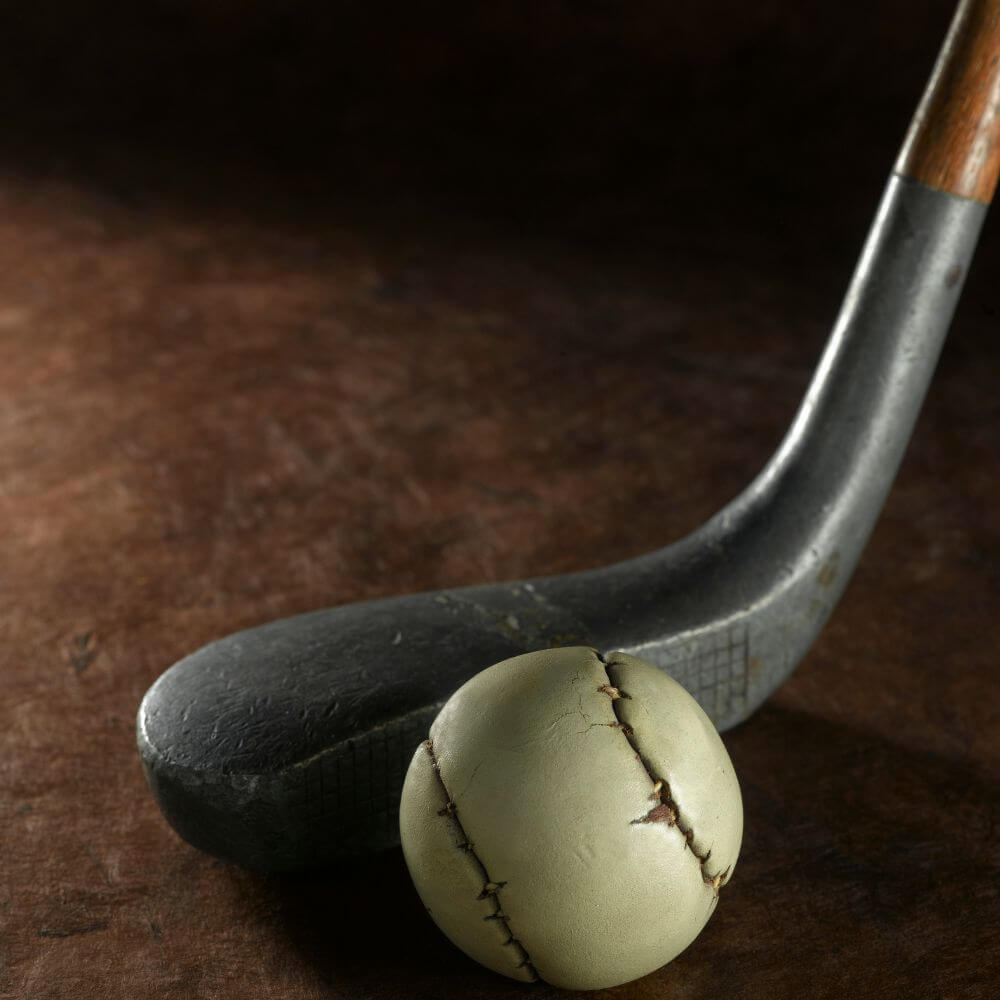
III. Quirky Old Names for Golf Clubs
These old golf club names were particularly peculiar, with names such as:
- Niblick: Resembling today's modern nine iron, the niblick a very small rounded head was used for short, high shots, particularly near the green. Its name is believed to have originated from the Scottish word "nib," meaning "nose" or "beak."
- Mashie: A predecessor to the modern 5-iron, the mashie was employed for mid-range approach shots. Its name is thought to derive from the French word "massue," meaning "club" or "mace."
- Jigger: A curious club with a small, narrow head, the jigger was utilized for low, controlled shots, particularly when faced with challenging lies near the green. The origin of its name remains a mystery.
IV. Ancient Names for Golf Clubs
Peering further back in time, we find some of the oldest names for golf clubs, like:
- Rut Iron: Designed specifically for hitting out of cart tracks or furrows, the rut iron showcased the resourcefulness of early golfers who had to contend with less manicured courses.
- Scared Crow: With a head resembling a bird's beak, this club was used for short, lofted shots. Its quirky name is thought to be a play on the word "scarecrow."
- Whippy Shaft: A club with an unusually flexible shaft, the whippy shaft allowed golfers to generate extra power with their swing. However, mastering its use required considerable skill and finesse.
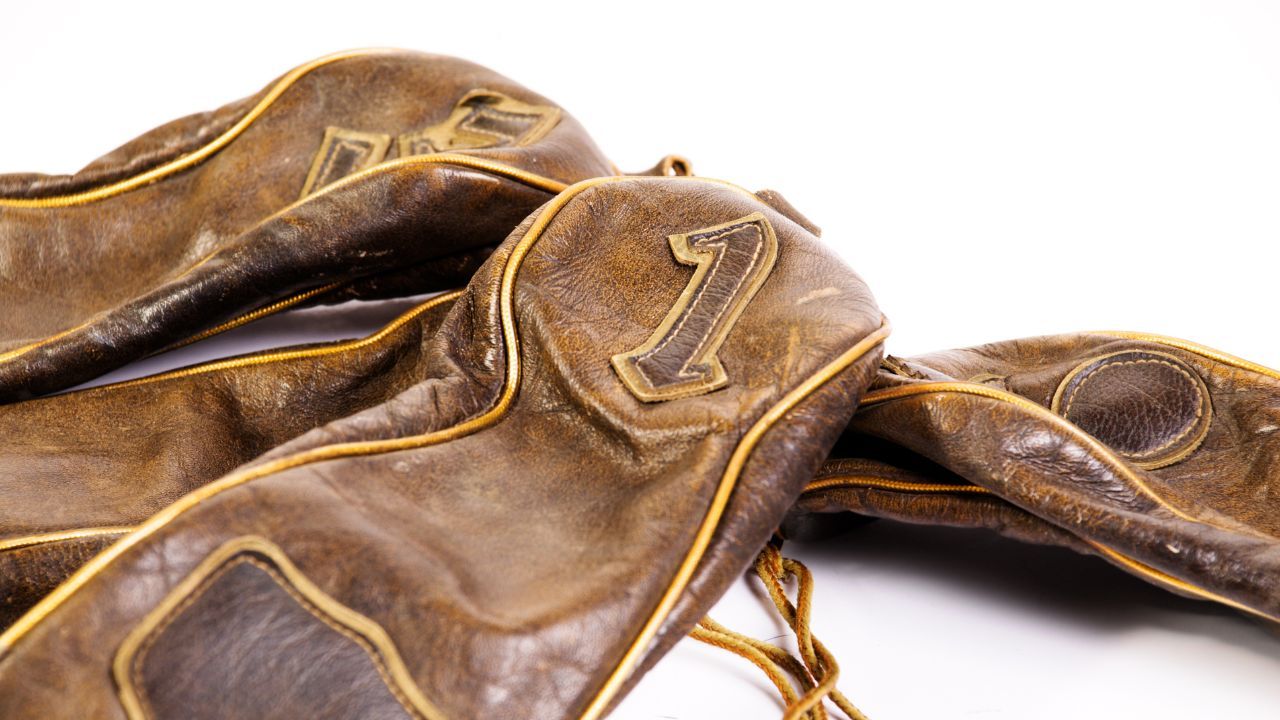
V. Evolution of Golf Club Names
Over the years, the nomenclature of golf clubs has shifted from colorful and imaginative to practical and standardized.
This evolution reflects changes in the game itself, with players now focusing more on precision and technological advancements.
- Ancient names like the Scared Crow and Whippy Shaft gave way to the more practical traditional names, such as Brassie and Cleek.
- The shift from hickory shafts to steel and graphite led to a need for more standardized names, as clubs became more specialized and technology played a greater role in their design.
- Today, golf clubs are often referred to by number and type, like the 5-iron or the 3-wood, making it easier for golfers to understand their purpose and function.
Let's Dig a Little Deeper
Golf has seen numerous club innovations throughout its history, but a few stand out as game changers. Among these are the Long Club, Play Club, and Hickory Shafted Driver.
The Long Club: A Formidable Force The Long Club was an early wooden golf club, characterized by a long shaft and a large, heavy head.
It was used primarily for driving long distances off the tee. Despite its size and weight, skilled golfers could generate significant power, sending the ball soaring down the fairway.
The Play Club: A Versatile Predecessor The Play Club, sometimes referred to as a "common club," was another of the early wooden clubs.
It featured a smaller head and a more moderate length than the Long Club. The Play Club was a versatile tool, used for both driving and approach shots.
It was an essential component of any golfer's bag, as it could handle a wide range of situations on the course.
The Hickory Shafted Driver: A Classic Symbol of Golf's Golden Age The Hickory Shafted Driver emerged in the late 19th and early 20th centuries, as hickory became the preferred material for golf club shafts.
Hickory provided both flexibility and strength, allowing golfers to generate increased power and control. The clubhead was often made of persimmon or another hardwood, providing durability and a solid impact with the ball.
This combination made the Hickory Shafted Driver a favorite among golfers, and it remains a symbol of golf's golden age.
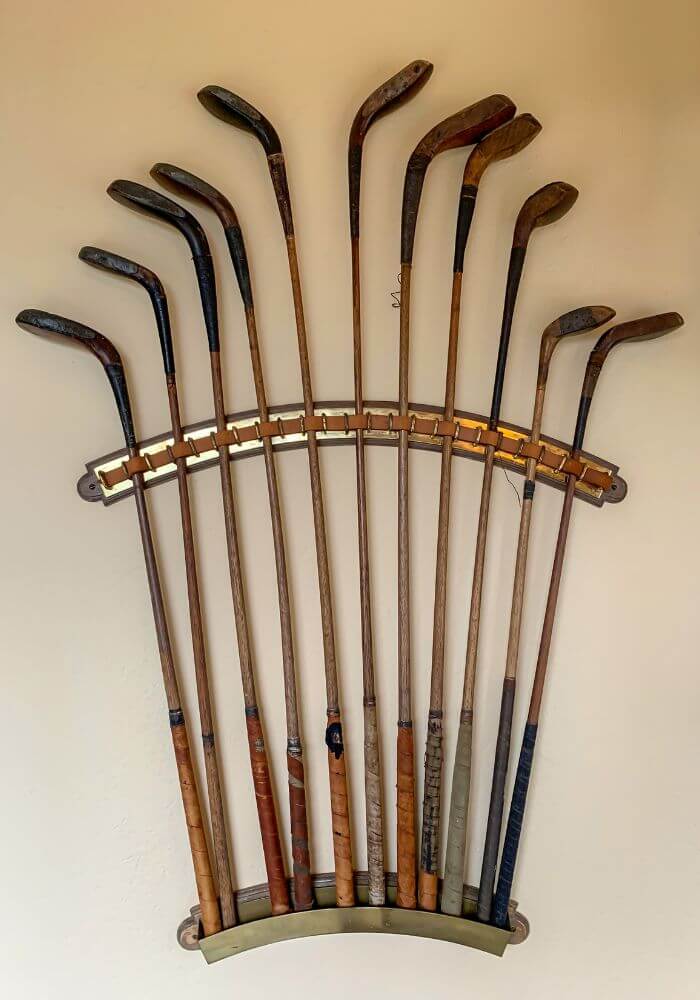
Short Spoon: A Forgotten Treasure from Golf's Storied Past
In the fascinating world of old golf club names, the "Short Spoon" is yet another charming relic worth exploring. As a close cousin to the "Spoon," the Short Spoon was designed for a specific purpose on the course.
The Spoon, as previously mentioned, was a 3 Wood, with a curved head resembling that of a spoon, ideal for high, arcing shots.
The Short Spoon, on the other hand, was a club with a slightly lower loft compared to the Spoon, making it more suitable for mid-range shots that required height but not as much distance as the Spoon would provide.
The Short Spoon's unique characteristics allowed golfers to tackle a wider range of shots, giving them more control and versatility on the course.
As golf club technology advanced and the numbering system became more prevalent, the Short Spoon gradually disappeared, its role filled by modern clubs with more specific lofts and designs.
While the Short Spoon may be a distant memory, its legacy lives on through the creative tactics and shot-making skills it once inspired.
So the next time you find yourself on the course, channel the spirit of the Short Spoon and embrace the artistry of golf's rich history.
Rediscovering the Scraper and Its Unique Place in Golf History
While the world of golf is filled with unusual and forgotten club names, the "Scraper" stands out as an unconventional gem from the sport's past.
Though less renowned than its counterparts, the Scraper still played an essential role on the course. Join us as we delve into the history and purpose of this intriguing club.
The Purpose of the Scraper In the early days of golf, courses were far from the manicured landscapes we know today.
Uneven terrain, muddy patches, and deep ruts were common obstacles that golfers had to contend with. The Scraper was a specialized club designed to extricate the ball from these challenging conditions.
The Design of the Scraper The Scraper featured a wide, flat clubface with a slight loft. Its broad surface area and slight angle allowed golfers to "scrape" the ball out of mud, thick grass, or other undesirable lies.
The club's design enabled players to maintain control and accuracy even when faced with the most difficult course conditions.
The Scraper's Legacy As golf courses improved and became more refined, the need for specialized clubs like the Scraper diminished.
However, the spirit of the Scraper lives on in modern clubs designed for challenging lies, such as sand wedges and rescue clubs.
Today's golfers can take inspiration from the resourcefulness and determination exhibited by their predecessors who wielded the Scraper, tackling the course's most daunting challenges head-on.
Mashie Niblick
A mashie niblick is an old-style iron golf club with a loft between those of a mashie and a niblick, which is equivalent in use to the modern 7-iron
The term "mashie" comes from the French word "massue," meaning "club," while "niblick" is a diminutive of "neb/nib," meaning "little nose"
Mashie Iron
A Mashie Iron was a wooden-shafted, iron-headed club that came into the game in the second half of the 1800s.
The modern equivalent of a Mashie Iron would be the 5-iron club. It had less loft than a mashie and a longer shaft, and was also called a driving mashie or number four iron.
The Sabbath Stick: Concealed Devotion
The Sabbath Stick, also known as the Sunday Stick, dates back to the 18th and 19th centuries. At a time when the church discouraged activities such as golf on Sundays, devoted golfers sought a way to practice their favorite pastime without drawing attention.
Enter the Sabbath Stick—a cleverly disguised golf club that doubled as a walking stick.
The Design: A Clever Masquerade The Sabbath Stick typically featured a club head resembling the handle of a walking stick.
Often, the clubhead was crafted from wood or metal and designed to imitate a walking stick's ornate handle. The shaft, like that of a walking stick, was long and slender.
This unassuming design allowed golfers to carry and use the club without attracting unwanted scrutiny, as it appeared to be a simple walking aid rather than a golf club.
A Whirlwind Tour of the Golf Ball's Evolution and Its Impact on the Game We Love
The golf ball, an unassuming sphere, has played a central role in the evolution of golf. As the game has transformed, so too has this essential piece of equipment.
The Humble Beginnings: The Featherie The earliest known golf ball, the "featherie," dates back to the 15th century.
Crafted from a leather pouch filled with boiled goose feathers, the featherie was a labor-intensive creation. Despite its soft and irregular nature, the featherie set the stage for future golf ball innovation.
The Guttie Era: A Game Changer In the mid-19th century, the "guttie" revolutionized the world of golf.
Made from solid gutta-percha, a rubber-like material derived from tree sap, the guttie was more durable and affordable than its featherie predecessor.
Its introduction marked a significant leap in golf ball design, enabling more people to participate in the sport.
The Advent of Dimples: A Stroke of Genius The Haskell ball, patented in 1898, was the first rubber-cored golf ball.
Wrapped in tightly wound rubber threads and encased in a gutta-percha cover, the Haskell ball boasted increased distance and durability.
However, it was the accidental discovery of dimples that truly transformed golf ball performance. As players noticed that scuffed and marked balls flew farther and straighter, manufacturers began incorporating dimples into their designs, a practice that continues to this day.
Modern Marvels: The High-Tech Golf Ball Today's golf balls are marvels of engineering, employing advanced materials and manufacturing techniques to optimize performance.
Multi-layer constructions featuring urethane covers and sophisticated core designs have become the norm.
Customization options allow golfers to choose balls tailored to their playing style, emphasizing distance, control, or a blend of both.
Numerous Modern Replacements for Antiquated Clubs Have Also Become Outdated
The evolution of golf clubs is ongoing. For instance, hybrids emerged relatively recently in golf equipment history.
As a result, some contemporary, numbered golf clubs that succeeded the named, vintage clubs have now either become obsolete or are on the verge of obsolescence.
The 1-iron has all but disappeared from the golf scene, and 2-woods are a rarity. Although still occasionally utilized by top golfers, the 2-iron is hardly ever found in the bags of leisure players and is seldom available for purchase from most golf manufacturers today.
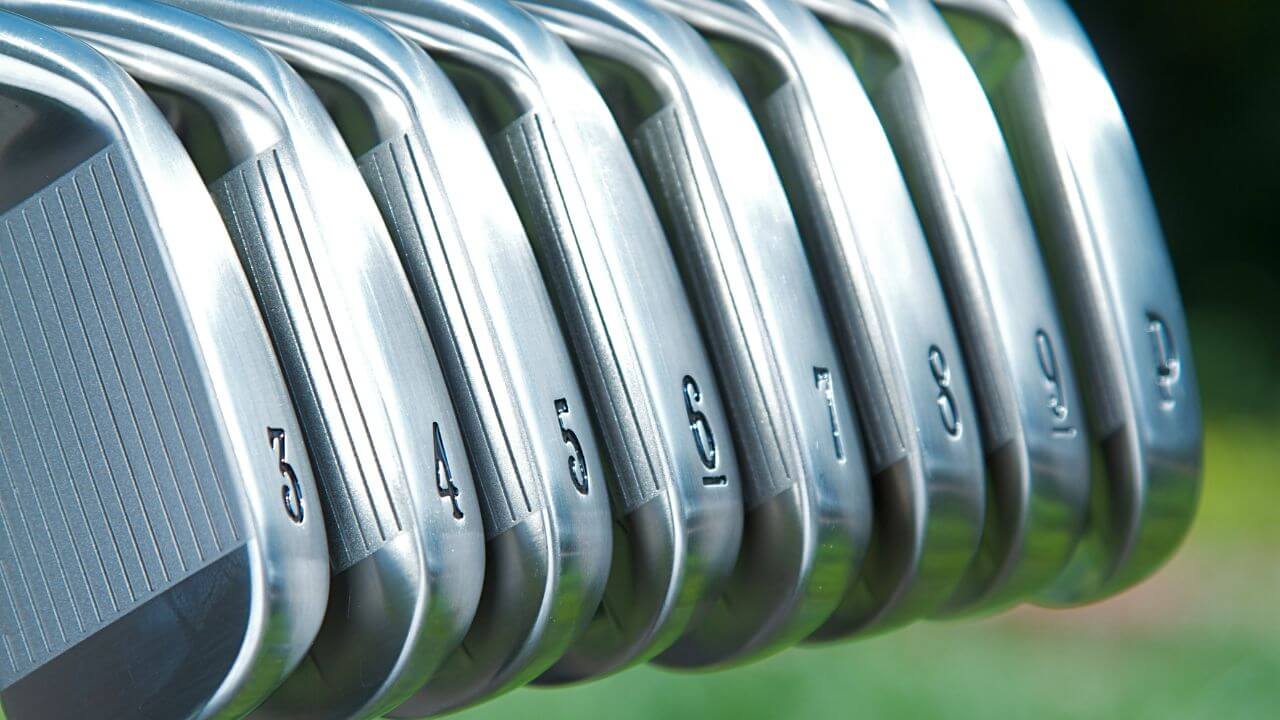
VI. Conclusion
As we swing our modern clubs and walk the manicured greens, it's important to remember the storied past of golf and the old golf clubs with the intriguing old names that once graced the fairways.
The evolution of these names serves as a testament to the game's growth and the continued passion of its players.
So, the next time you grip your 5-iron, remember its ancestral "Mashie" and give a nod to the rich history of the sport we love with our new metal headed golf club(s) that aren't so different from the old after all.
As you crush a drive with your sleek titanium driver, take a moment to appreciate the grass club or Brassie, with its brass-plated wooden head, that paved the way.
Embrace the legacy of golf's obsolete golf clubs and their colorful past and let it inspire you to craft your own story on the course.
Thank you for visiting, and we hope to see you back soon!

